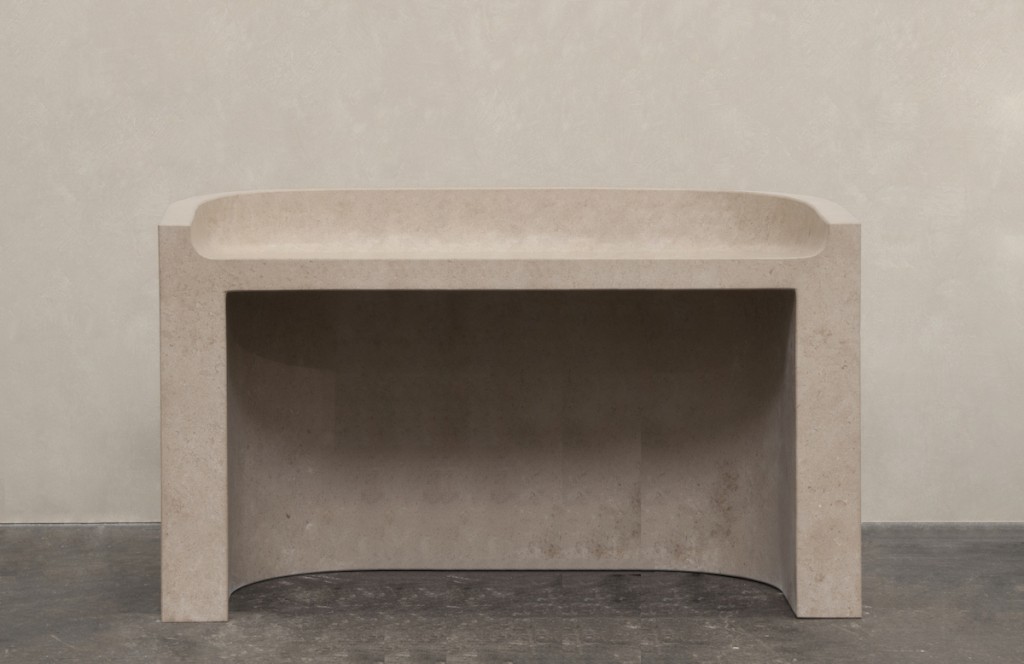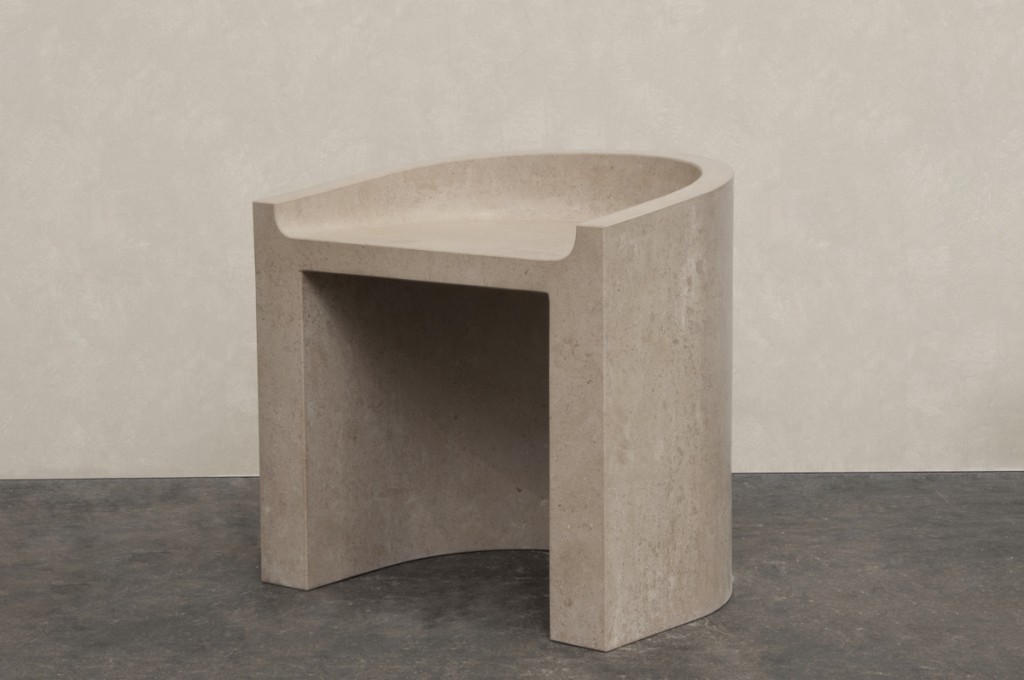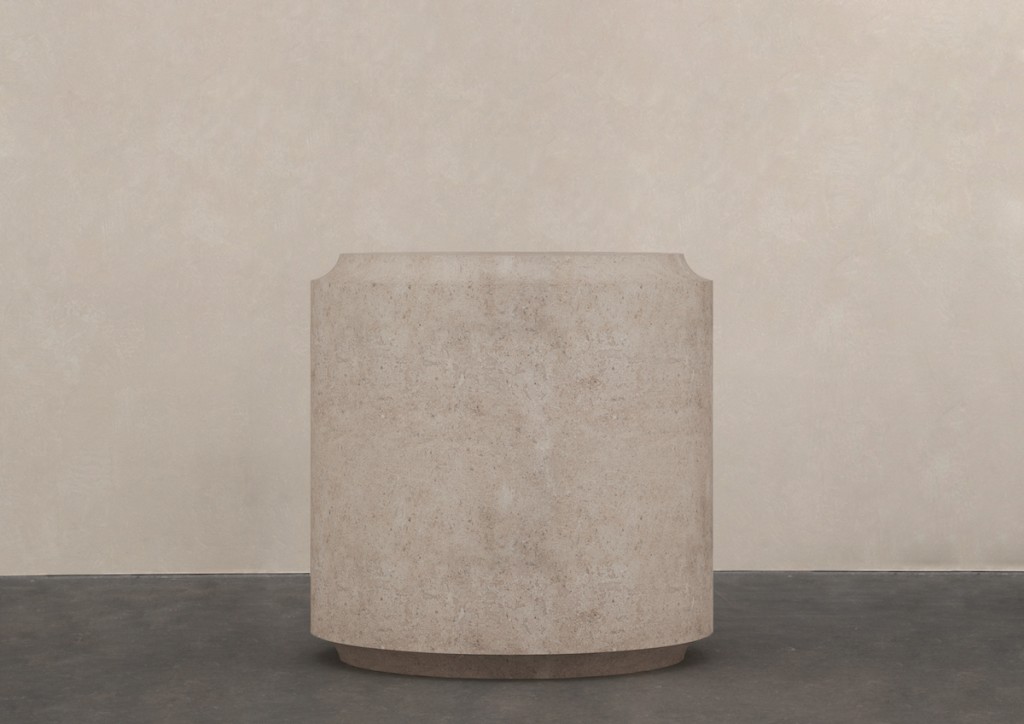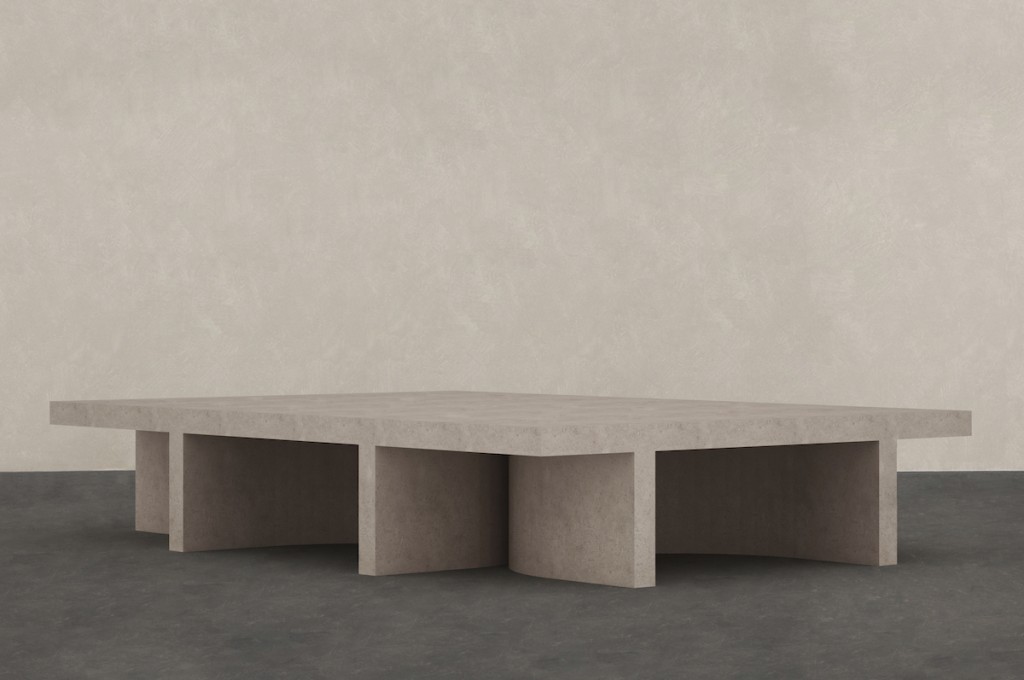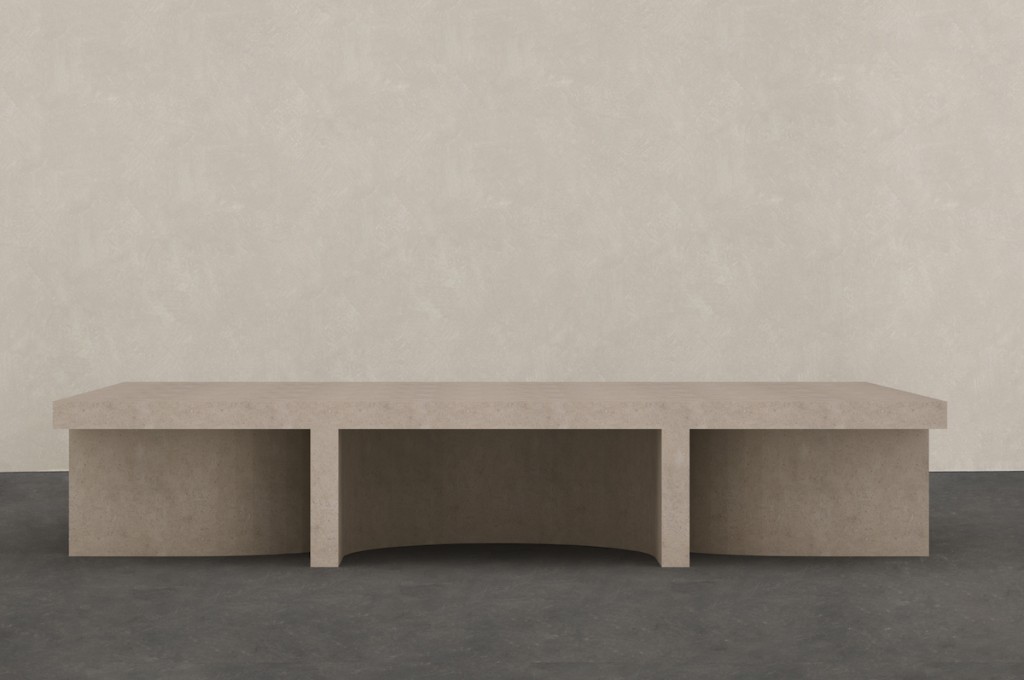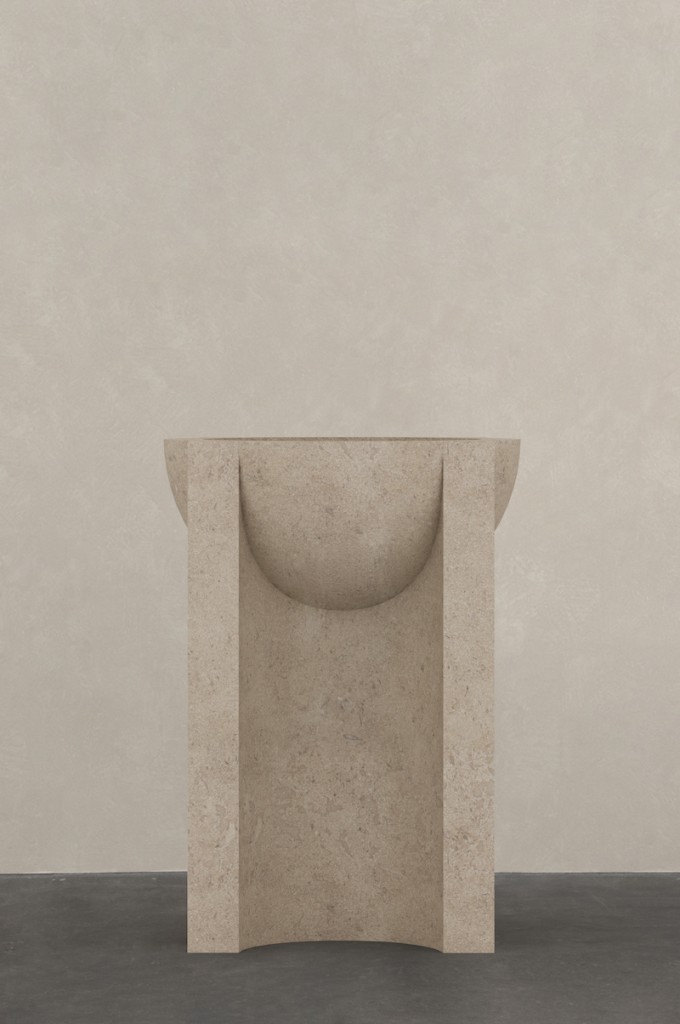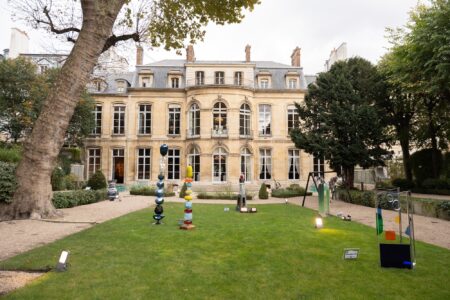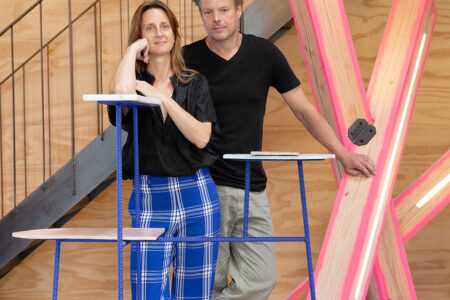At Random: Valeriane Lazard and Paul Brissonnet
As part of our series on the artists and designers behind Spazio Nobile’s The Random Collection, we asked Lazard and Brissonnet about their thoughts on collecting the unique
How does the fact that these pieces are unique in a series impact your work?
We think it’s the essence of our work. We try to work with noble materials such as stone, wood, and ceramics. Each item we produce in stone tends to be unique. The pierre de Massangis may slightly change in appearance and colour; it depends on the material itself and in which part of the quarry we extract the stone.
Our work, as interior architects, consists in creating spaces and objects that reflect the aspiration, needs and desire of our clients. Very often, we create custom-made furniture to perfectly fit spaces and expectations. The fact this work was commissioned by the Spazio Nobile Gallery gave us the freedom to create an entire collection of six items.
How do you think design is evolving nowadays towards the field of contemporary art?
We would say that the boundaries between the disciplines tend to blur. In our opinion, the merge started during the Bauhaus period, and it has been clearly visible these last 30 years. To be honest, when the merge between contemporary art and design was obviously existing we weren’t even born —nowadays, we consider it an asset.
How are both interacting?
They interact nowadays as a dialogue. They mingle and enrich each other. We can observe that they are increasingly hybrid disciplines.
Why do we have those two words, fine arts versus visual arts, that have been separated? Do you think they should be interacting more?
We believe that nowadays fine arts and visual arts are working together; they are almost the same thing. They are interacting more and more together so it became very difficult to draw a frontier between them.
We tend to not label disciplines. We think that design is nowadays merging with many more disciplines than just the visual or fine arts. We have recently seen beautiful exhibitions and works merging design with new technologies, medicine and even social organisation.
Is functionality an important consideration in your process?
Yes, it is an essential notion. When we drew the chair we took into account the material. We thought about how the chair could be placed in a residential or retail environment. Of course, it is obvious that it’s not a dining chair —due to the weight of the material, it cannot be moved as a daily item—, but we first imagined it inside a house being placed in a bedroom, a library or part of a living area, and then we realised it could serve a second purpose. It could also be placed outdoors, for example.
The curve present in the seat takes away the austerity of the material and makes it warm and welcoming; it is a pleasant chair to sit on. It is important for every project we create to combine our vision of design along with our clients’ needs.
How do you perceive your work both as part of The Random Collection and as part of your overall production?
We are very happy to be part of The Random Collection. It was a great opportunity for us to be exhibited for the first time at Art Brussels among designers, artists and photographers.
The Atlas Collection is the continuation of our work: we developed in the past an entire collection of furniture made out of stone, so it has been a real pleasure to be able to expand our knowledge and create a second one.
Valeriane and Paul’s Atlas series is part of The Random Collection, celebrating the 10-year anniversary of TL Magazine. Launched at Art Brussels (19-22 April), it is always available at the Spazio Nobile Gallery in Brussels and will be at an upcoming exhibition at the Biennale Interieur in Kortrijk from October 18-22.
